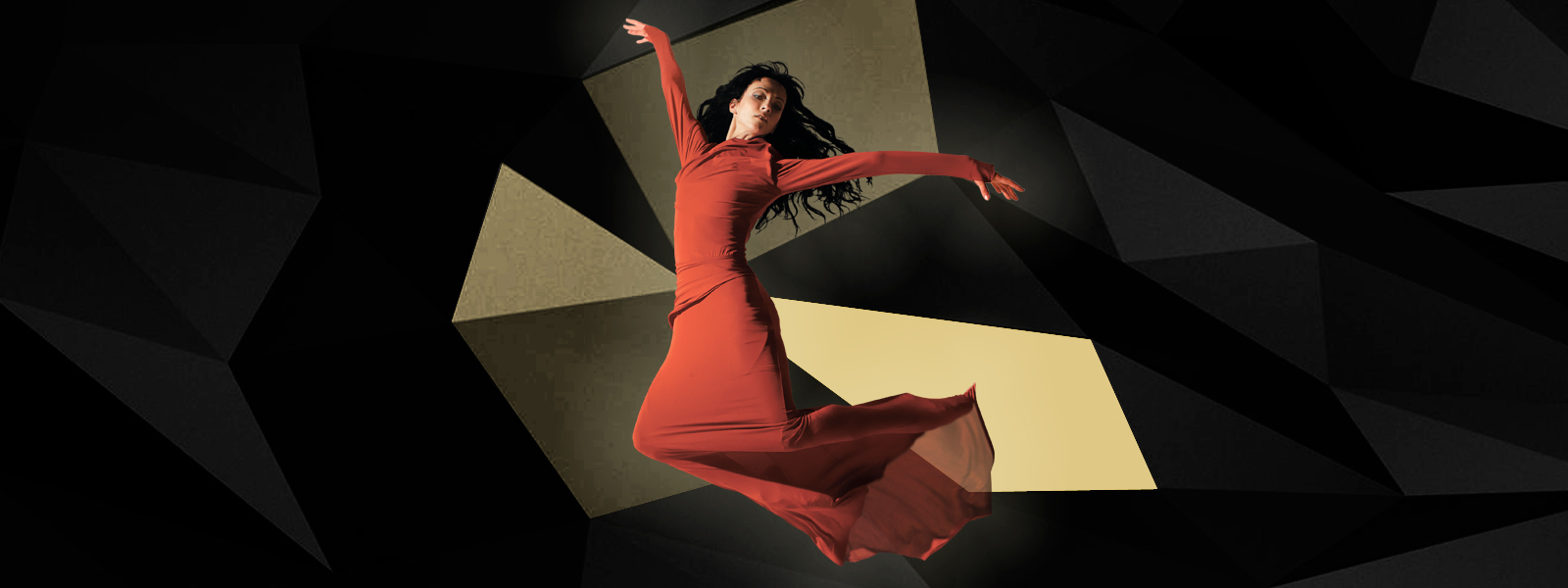Canada All Star Ballet Gala
Mind-blowing show! Only in Toronto!
Exquisite. Educational. Enlightening. Transforming.
The Most Prestigious Ballet Gala in the world!
April, 2018


The rise of the Danish school of ballet is inextricably linked to August Bournonville (1805-1879), an outstanding choreographer, teacher, and theorist of dance. Born to a French father and a Swedish mother, Bournonville received the French training from the famous dancer Auguste Vestris, who raised the level of technique for male dancers to a new level. In Paris, Bournonville also absorbed the spirit and aesthetics of Romanticism, which dominated European culture in the first part of the nineteenth century. He opted, however, for spending his life in Copenhagen, in the Royal Danish Ballet, which he directed from 1830 until his death and for which he created about sixty ballets.
Bournonville’s restaging in 1836 of the already acclaimed La Sylphide choreographed by Filippo Taglioni for Paris Opèra in 1832, revealed a specific vision that the Danish choreographer brought to the late Romantic ballet. Bournonville’s Sylphide was not a wispy creature and an ethereal beauty but a more a concrete, physical instantiation of the supernatural, both folkloric and poetic. Lucile Grahn (1819-1907), the fabled Danish Sylphide, danced this role with restraint and simplicity, which brought her closer to characters from the real world, interpreted in the Danish version with a warm domesticity. Accordingly, Bournonville changed the dreamy and ephemeral choreographic structures of the French version to a dance in which the main characters addressed each other through movements. Bournonville’s choreography was more technically challenging for men and women alike but at the same time it restrained dancers from any forced ornamention, exaggerations, and unmotivated fixation on poses.
His other famous ballets, which remain in the repertoire of the leading ballet companies, such as Napoli (1842), The Conservatoire (1849), and The Flower Festival in Genzano (1858), for example, created worlds populated by ordinary people rejoicing through dance. Bournonville did not use classical mythology or history for his ballets but preferred the Scandinavian folk tradition with an emphasis on moral values and ethics, making his ballets accessible to all levels of nineteenth-century Danish society.
Bournonville inherited from Vestris, his teacher, many technical secrets of the male dance which were subsequently lost in the French nineteenth-century ballet. Mostly, he refused choreographing ballets only for the ballerinas on toes. His danseurs and danseuses executed dynamic jumps, pirouettes, entrechats, and other elements of bravura technique with fully extended knees and turned out legs, as dancers of today.
Bournonville’s stylistic singularity is particularly evident in the dignity and clarity of poses and a graceful épaulement based on a lower position of the arms. He recommended avoiding distortions or overextensions of extremities beyond the normal anatomical structures of bodies. In his theoretical writings, he advocated dance as an unpretentious and unnatural expression of human soul. Bournonville’s allegro movements necessitated extreme quickness and precision of legs, as he always emphasized the flow of choreographic phrasing. The requirement of executing movements with a natural ease, as if holding a conversation in ordinary language, which classical dance is not, put an additional physical requirement on dancers trained in the Bournonville system. The master’s immediate students assembled his lessons into a sequence of daily exercises for each day of the week, which is still in use in the School of the Danish Royal Ballet. The Bournonville style influenced many choreographers outside Denmark, most notably George Balanchine. Erik Bruhn, a brilliant student of the Bournonville tradition and a celebrated twentieth century-dancer, brought the letter and spirit of this historical tradition to the National Ballet of Canada, which he directed in 1983-1986.
Read entire article about ballet schools here.